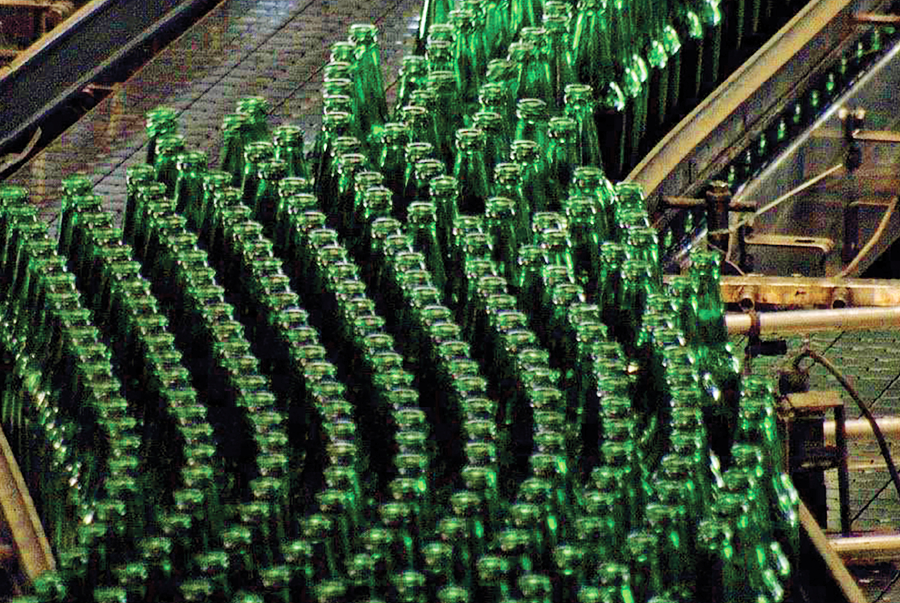
Apply the circular economy principle into our end-to-end
packaging life cycle from packaging development to recovering used packaging materials to be
returned into production stream

Collaborate with our supplier to create more environmentally
friendly products.
Encourage our consumers to take part in reducing packaging waste.
THESE FACTORS ARE TAKEN INTO CONSIDERATION FOR THE DEVELOPMENT OF CORPORATE PACKAGING STRATEGY

NATURAL RESOURCE

ENVIRONMENTAL IMPACTS

OPERATIONAL COST
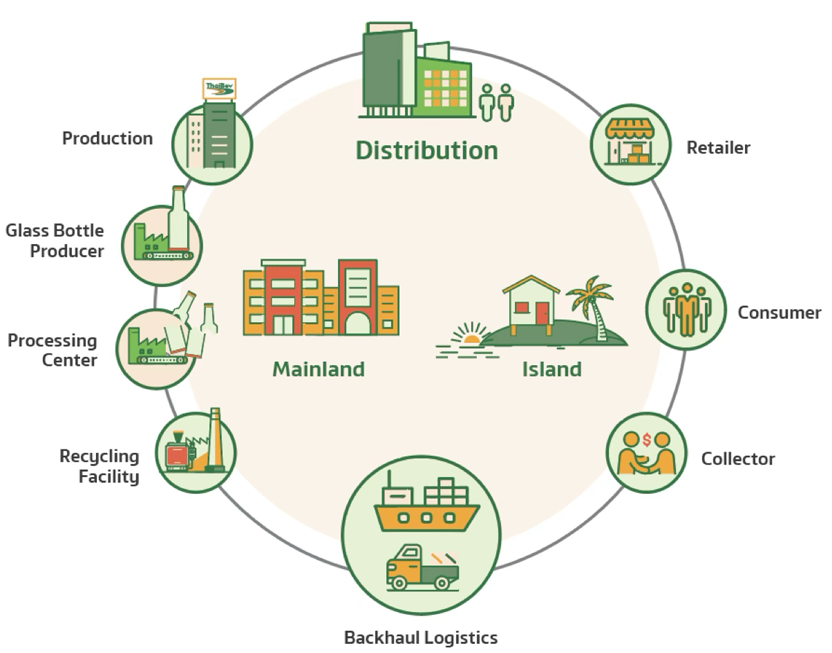
Thai Beverage Recycle (“TBR”) is working with the provincial authority and local scrappers/recycling stores on Koh Samui to implement the “Samui Model Project”. Through this project, TBR is able to retrieve more than 100% of used glass bottles and cullet (compared to the amount that is used in our products sold on the island), while generating more than 17.38 million Baht per year in income for the local community. In this way, consumers on the island are encouraged to participate in addressing the island’s garbage problem, and income is distributed to the community.
TBR has also implemented the island model on Koh Si Chang, Chonburi Province. Previously, the island could sell glass packaging only in the form of cullet, which has a lower value. TBR worked with local authorities and communities to come up with a model that allows local collectors to sell and transport used glass bottles, so increasing the revenue going to local communities by 90%.
In 2024, more than 1,849 tonnes of glass bottles from these two islands were reused and recycled. The next step is for TBR to expand the island model to Koh Lan, Koh Samet, and other islands.
Following the success of the waste management programs on Koh Samui and Koh Si Chang, ThaiBev expand the Island Model project in 2024 to additional islands in Thailand, particularly in the southern and eastern regions. These include Koh Larn (Chonburi Province), Koh Samet (Rayong Province), Koh Chang (Trat Province), Koh Lanta (Krabi Province) and Koh Phangan (Surat Thani Province). These efforts aim to establish an inclusive and scalable model for sustainable waste management in island communities across the country.
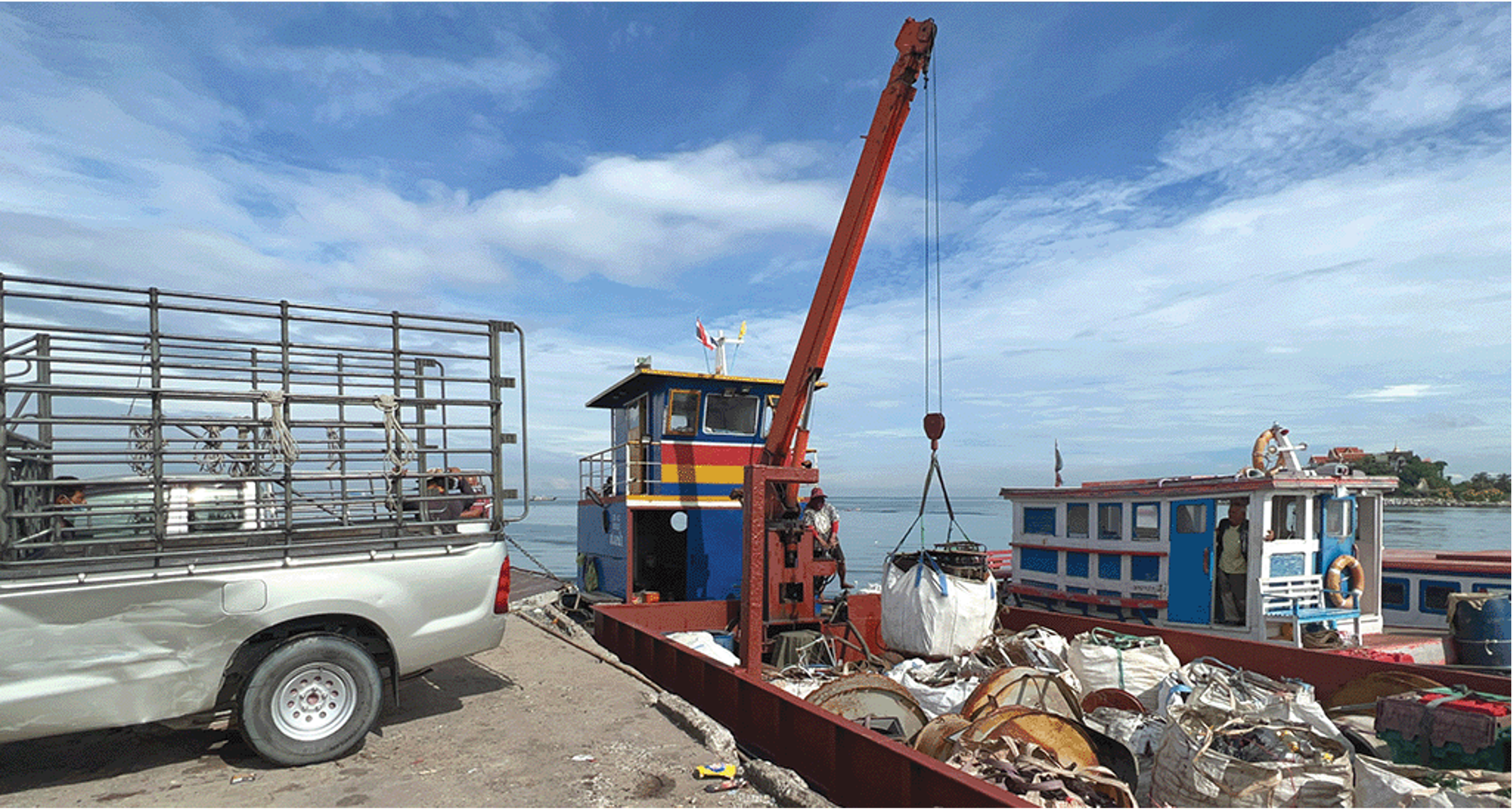
of the glass sold on Samui Island has been retrieved and returned to the production stream, compared to the volume of our products sold on the island.
High Recovery Rates under the Island Model
In 2024,
more than 50% of ThaiBev’s products sold on islands in Eastern Thailand were successfully retrieved and returned to the production stream, compared to the total volume of products sold in those areas. In Southern Thailand, the recovery rate exceeded 70%. These achievements reflect ThaiBev’s strong commitment to enhancing post-consumer packaging collection and supporting circular economy practices in island communities.
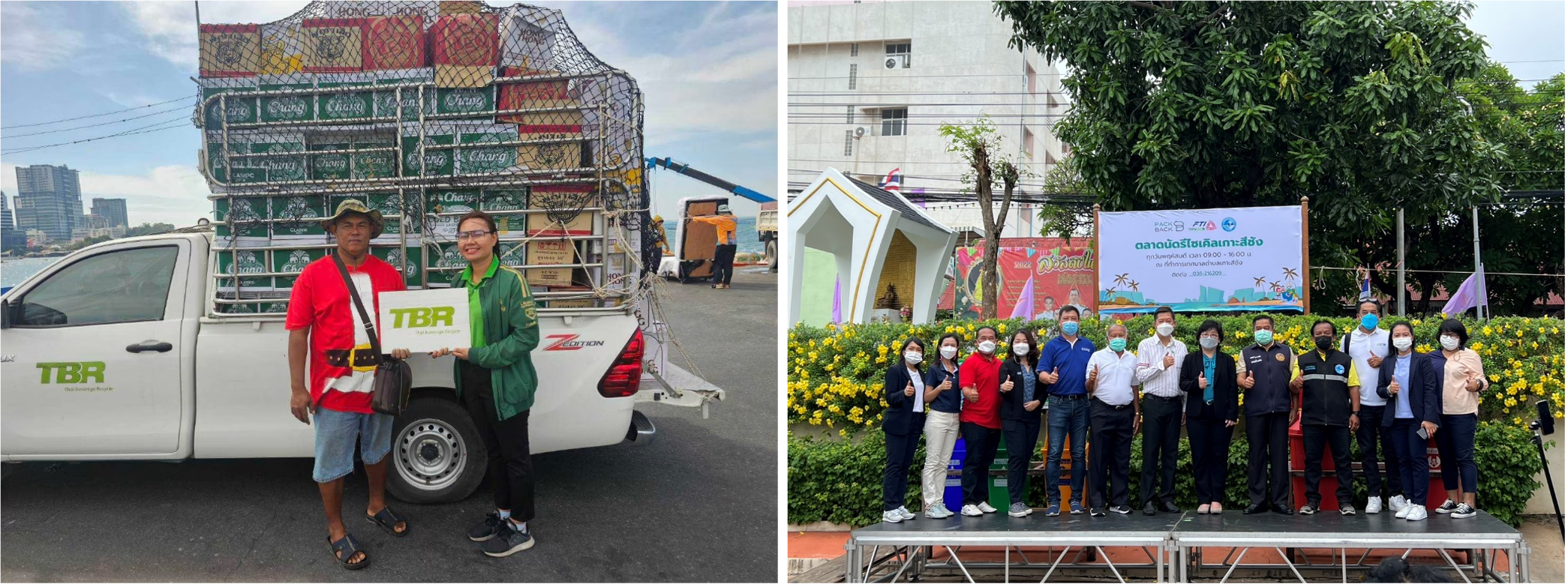
- Health hazard from broken glass on beach
- Saves Natural Resources
- Reduce the energy required to produce new glass bottles
- Reduce cost of the landfill waste management
- Avoided damage to marine ecosystem.
Increased public awareness of enviromental issues
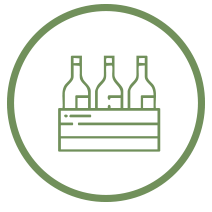 |
in 2024
of post-consumption packaging retrieved (Glass bottles, Paper, PET bottles, Aluminum cans)
|
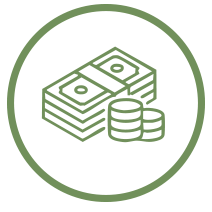 |
Incremental income from selling post-consumption packaging is estimated to
in 2024
|
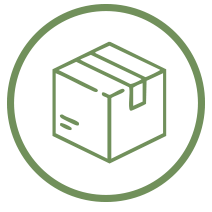 |
10% extra cullet results in a 2.5 to 3% reduction of furnace energy consumption |
 |
Avoided GHG emissions of
tCO2e
from reuse and recycling glass bottles in 2024
|
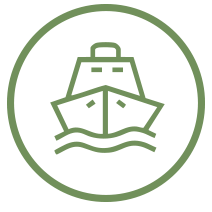 |
Due to the island's status as a hard-to-access area, a dedicated collection system is necessary.
(1) Backhaul model via TBR and TBL
(2) Boat transport with TBR pickup at the port where road access is limited
(3) Drop-off at TBR or TBL warehouses
(4) Returns through partner retail stores
|
